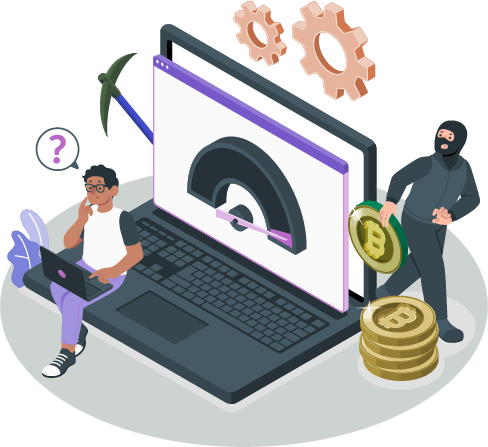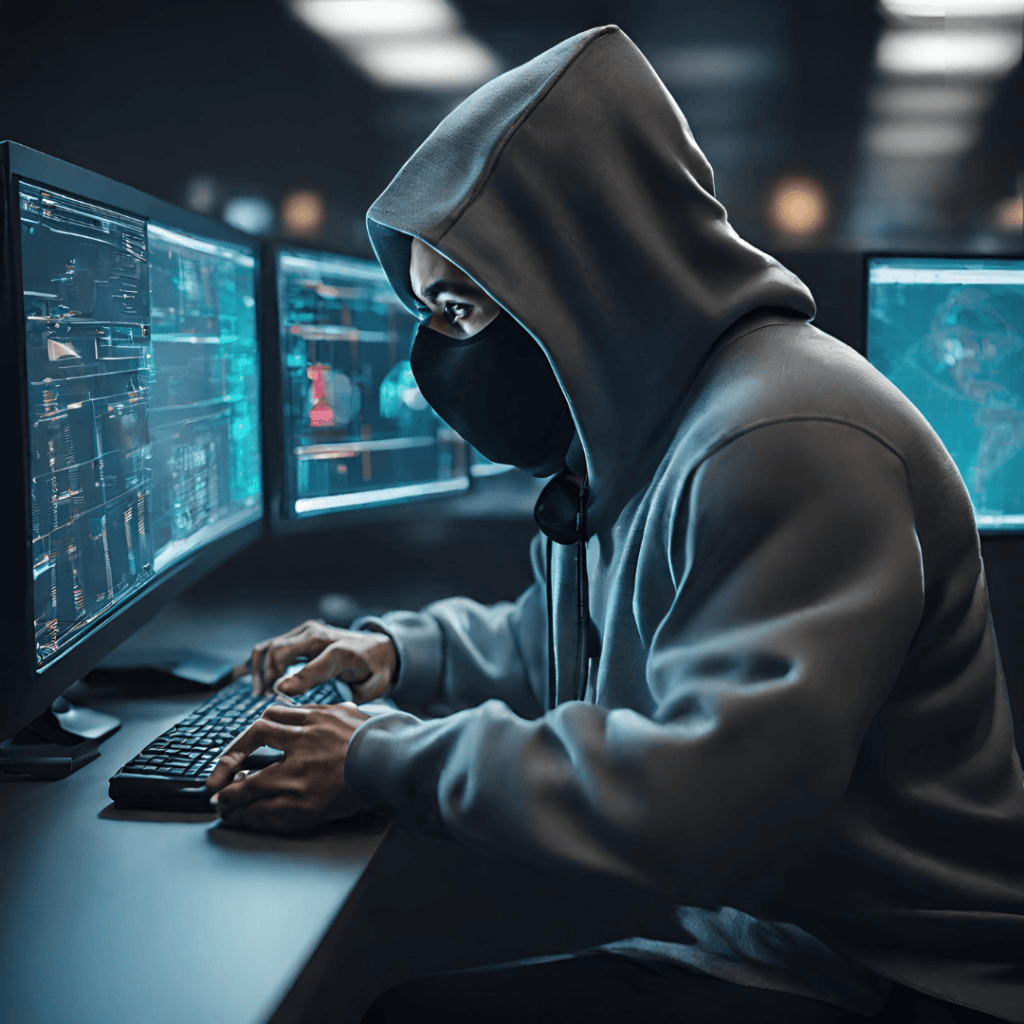Red Threat Cybersecurity
Offering cutting-edge solutions to combat digital threats. Whether you’ve been scammed, faced cyber-attacks, or are looking to safeguard your digital assets, our team of experts is here to assist.


Cyber Forensics Services
Computer Forensics Services
Frequently Asked Questions
Q: What’s the difference between cyber forensics and computer forensics?
A: Cyber forensics focuses on digital evidence from online sources, while computer forensics examines physical computer systems and storage devices.
Q: How can cyber forensics help if I’ve been hacked?
A: Cyber forensics can trace the origin of the hack, recover lost data, and provide measures to prevent future breaches.
Q: Can computer forensics recover deleted files?
A: Yes, computer forensics experts can often retrieve deleted files, even if they’ve been removed from the recycle bin.
Q: How long does a typical cyber forensic investigation take?
A: The duration varies based on the complexity of the case, but investigations can range from a few days to several months.
Q: How do “Hackers for Hire” services work?
A: Ethical hackers test your systems for vulnerabilities, providing insights and solutions to enhance security.
Q: What are some common use cases for OSINT?
A: OSINT is used for a wide range of purposes, including threat detection, competitive intelligence, due diligence in business transactions, tracking online reputations, investigating cyber threats, and identifying potential vulnerabilities in digital assets.
Q: Is OSINT legal and ethical?
A: OSINT is legal and ethical when conducted within the boundaries of applicable laws and regulations. It involves gathering information that is publicly accessible and does not involve hacking, unauthorized access, or invasion of privacy. Ethical OSINT practices prioritize respect for privacy and compliance with legal standards.
Q: Are the findings from computer forensics legally admissible in court?
A: Yes, if handled correctly, computer forensic evidence is admissible in court and can be crucial in legal proceedings.
Q: How can I ensure my business is protected from cyber threats?
A: Regularly consulting with cyber forensics experts and implementing recommended security measures can significantly reduce risks.
Q: What should I do immediately after suspecting a data breach?
A: Disconnect from the internet, avoid altering system files, and consult a cyber forensics expert immediately.
Q: Can computer forensics detect malware or spyware on my device?
A: Yes, computer forensics can identify and remove malicious software, ensuring your device’s safety.
Q: Is my personal information safe during a computer forensic examination?
A: Absolutely. Ethical standards ensure personal data remains confidential during the investigative process.
Q: What is OSINT, and how does it differ from other forms of intelligence?
A: OSINT, or Open Source Intelligence, is the collection and analysis of publicly available information from a variety of sources. It differs from other intelligence disciplines, such as SIGINT (Signals Intelligence) and HUMINT (Human Intelligence), which focus on classified or confidential data sources. OSINT relies on openly accessible information like social media, websites, news articles, and more.
Q: What tools and techniques are commonly used in OSINT investigations?
A: OSINT practitioners use a variety of tools and techniques, including search engines, social media analysis, web scraping, data mining, specialized OSINT software, and manual research. Techniques may involve keyword searches, data analysis, geolocation, and advanced search operators to extract meaningful information from vast online sources.
